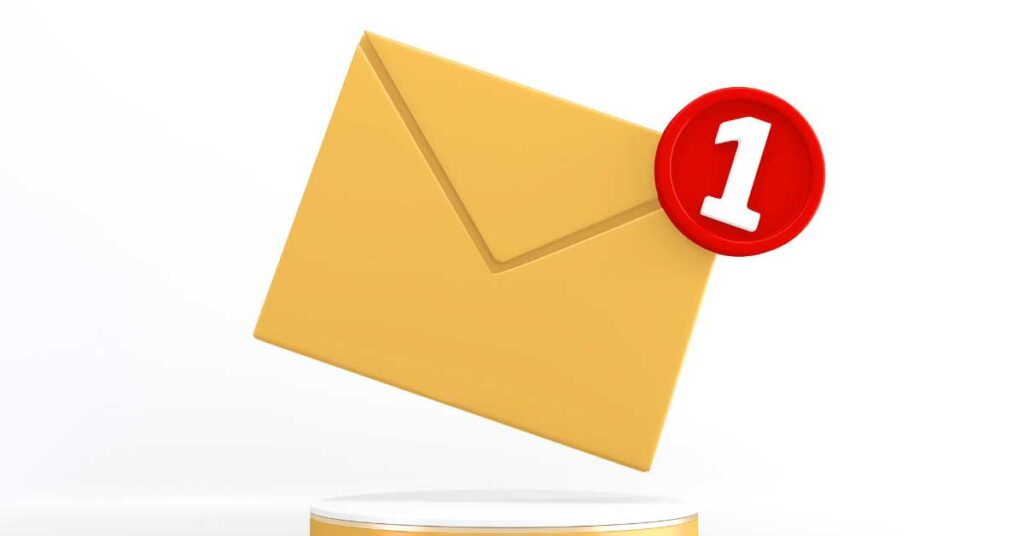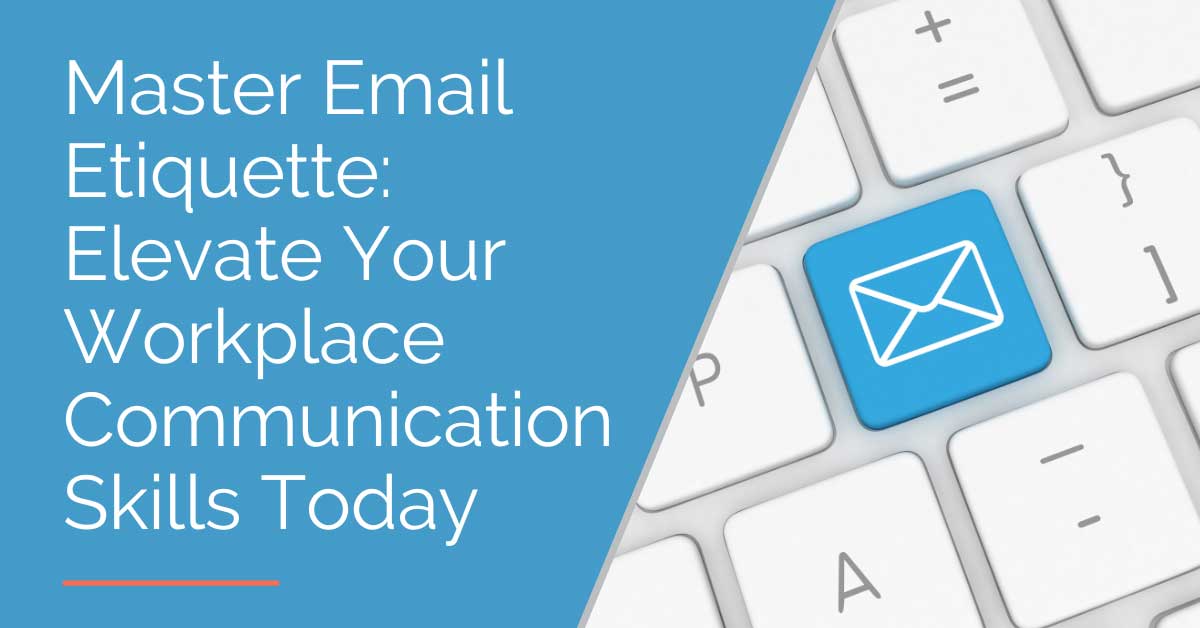Challenges Faced in Traditional Workplace Settings
In traditional office environments, employees often face several mental health challenges that can greatly affect their well-being and performance.
Stress and Burnout
High-pressure work environments are common sources of stress and burnout, adversely affecting employees’ mental health.
Research indicates that individuals in these settings are more prone to stress-related conditions such as anxiety and depression due to heavy workloads and extended hours.
The relentless demand to meet deadlines and maintain peak performance can lead to burnout, characterized by emotional, physical, and mental exhaustion.
This ongoing stress can reduce productivity and creativity and increase the likelihood of absenteeism and high turnover.

Stigma Surrounding Mental Health
A significant barrier in traditional workplaces is the stigma associated with mental health.
Many employees hesitate to discuss their mental health issues for fear of discrimination or judgment.
This stigma promotes a culture of silence, discouraging individuals from seeking the help they need.
Lack of Support Systems
Another major hurdle is the absence of robust mental health support systems.
Without adequate resources and proactive interventions, employees may feel isolated and unable to manage their mental health effectively.
The lack of accessible counseling services and awareness programs can worsen the effects of stress and burnout. Implementing comprehensive support systems is vital for cultivating a caring and empathetic workplace culture.
Acknowledging and addressing these challenges is key to a healthier, more supportive work environment.
By understanding the impacts of stress, burnout, stigma, and insufficient support, organizations can develop strategies that prioritize mental health and uphold a culture that values employee well-being.

Benefits of Mental Health Solutions in the Workplace
Investing in mental health solutions fosters a healthier, more productive workplace. Such initiatives lead to significant organizational benefits, creating a supportive environment where employees thrive both personally and professionally.
Enhanced Productivity
Prioritizing mental health in the workplace can significantly enhance employee productivity.
When individuals feel mentally supported, they can focus more effectively, unlock their creative potential, and produce their best work.

Reduced Absenteeism
Mental health programs can directly decrease absenteeism rates in the workplace. According to research by the Society for Human Resource Management (SHRM), employees who receive mental health care demonstrate lower absenteeism and improved work performance.
A healthier work environment that promotes mental well-being can reduce sick days and boost overall attendance.
Improved Employee Morale
The impact of mental health solutions on employee morale is profound. Investing in mental health initiatives shows employees that they are valued and supported, enhancing their motivation.
Examples from companies like Apple and Salesforce, which offer mental health days, counseling services, and wellness programs, highlight significant boosts in employee morale and satisfaction.
Promoting a culture that values mental wellness helps create a more positive and engaging work environment, where employees feel happier and more connected to their work and colleagues.
Overall, focusing on mental health solutions can lead to several benefits that improve individual well-being and drive organizational success.
Adapting Mental Health Solutions for Remote Employees
Transitioning to remote work introduces specific mental health challenges.
Remote employees may face obstacles that affect their well-being, including isolation, work-life balance difficulties, and access to mental health resources.

Combating Isolation and Loneliness
Remote work often limits face-to-face interaction, potentially leading to feelings of isolation. To mitigate this, companies can:
- Promote virtual team-building activities to enhance camaraderie.
- Organize regular virtual coffee breaks or informal chats to foster a sense of community.
- Provide access to online mental health groups or counseling tailored for remote employees.
Maintaining Work-Life Balance
The blending of professional and personal spaces can complicate mental well-being.
Strategies to support a healthy work-life balance include:
- Designating a specific workspace to separate work from personal life.
- Setting and adhering to consistent work hours to maintain daily structure.
- Encouraging regular breaks and disconnecting after work hours to promote relaxation and mental recharge.
Ensuring Access to Mental Health Resources
It’s vital that remote employees have straightforward access to mental health support.
Companies can:
- Offer virtual mental health workshops or training to equip employees with coping strategies.
- Provide teletherapy or online counseling options.
- Implement Employee Assistance Programs (EAPs) for confidential support on mental health issues.
Addressing these key areas helps support the mental health of remote employees, ensuring a healthier and more productive remote workforce.

Strategies for Implementing Mental Health Support in Remote Work
Creating a supportive work environment for remote employees requires strategic implementation of mental health support mechanisms.
Here are several effective strategies organizations can adopt to prioritize mental well-being in remote work settings.
Training Programs for Managers and Employees
Implementing training programs focused on mental health awareness is crucial.
These programs equip managers and employees with the skills needed to recognize and address mental health challenges.
Educating the workforce about mental health issues helps create a supportive environment where individuals are comfortable discussing their well-being.
Virtual Support Groups and Counseling Services
Virtual support groups and online counseling services provide remote workers with essential emotional support and guidance.
Utilizing platforms for teletherapy and virtual support communities offers employees convenient and confidential access to mental health professionals and peer support, creating a culture of emotional well-being.

Effective Communication Practices
Maintaining clear and empathetic communication is vital for addressing mental health concerns among remote workers.
Organizations should encourage open dialogue and stress the importance of candid discussions about well-being. This reduces stigma and encourages individuals to prioritize their mental health.
Implementing communication channels that facilitate these discussions and provide access to mental health resources ensures a supportive virtual work environment where employees feel valued and understood.
Enhancing Workplace Well-being Through Mental Health Strategies
Prioritizing mental health solutions in the workplace is vital for the well-being of both traditional and remote employees.
Effective communication about mental health benefits and available resources ensures that all team members can access necessary support.
Establishing a culture of mental health awareness where discussions about well-being are encouraged and non-judgmental is crucial.
Sustainable, mentally healthy workplaces are foundational to corporate culture, enhancing productivity and employee satisfaction.
By actively addressing mental health needs, organizations foster a positive work environment that benefits all stakeholders.
Anequim’s Virtual Assistants Enhance Workplace Well-being
Explore how Anequim’s virtual assistants can support your workplace well-being initiatives.
Connect with us to learn how our solutions can streamline operations and reduce stress, creating a healthier work environment.
Partner with Anequim for a more productive and satisfied team!





























































